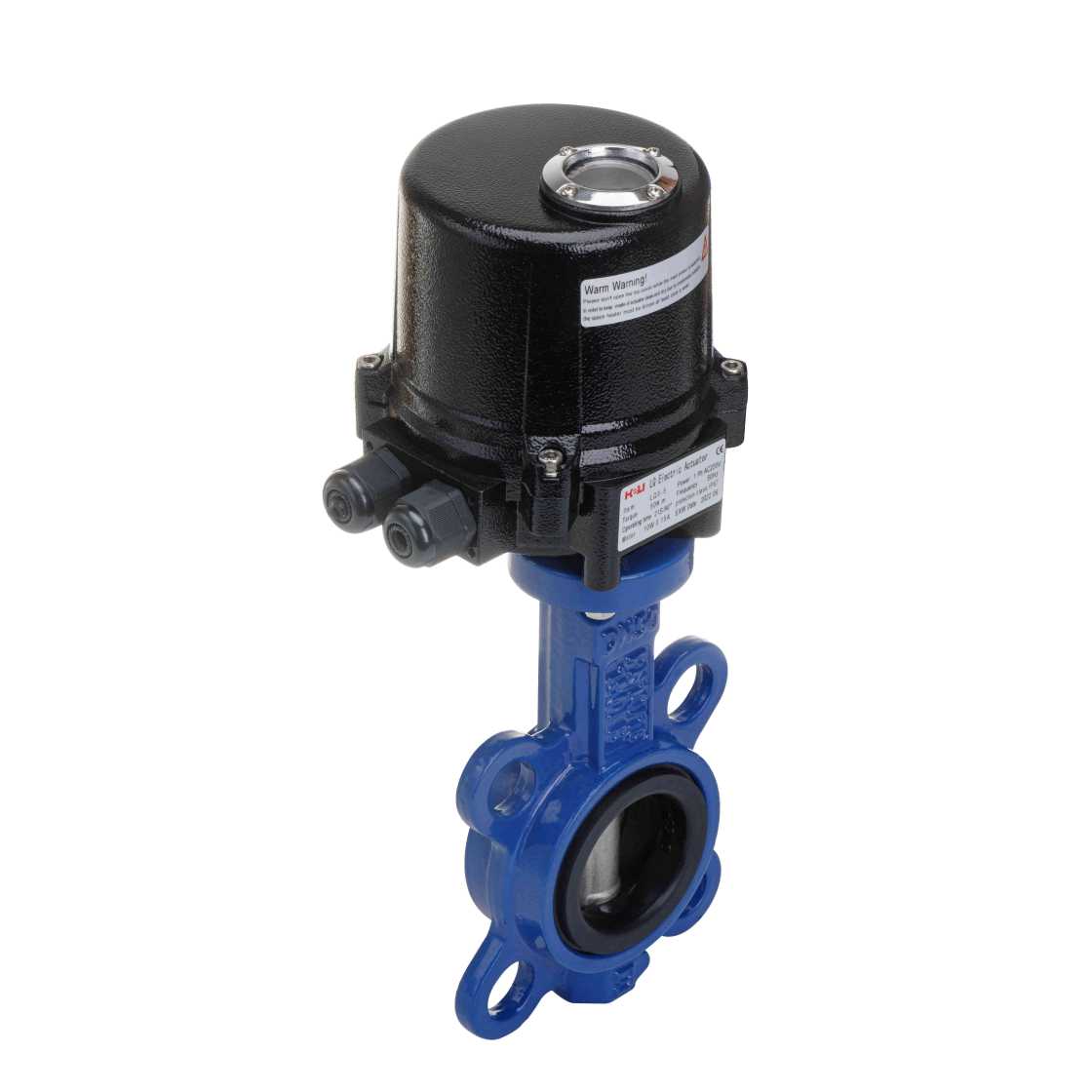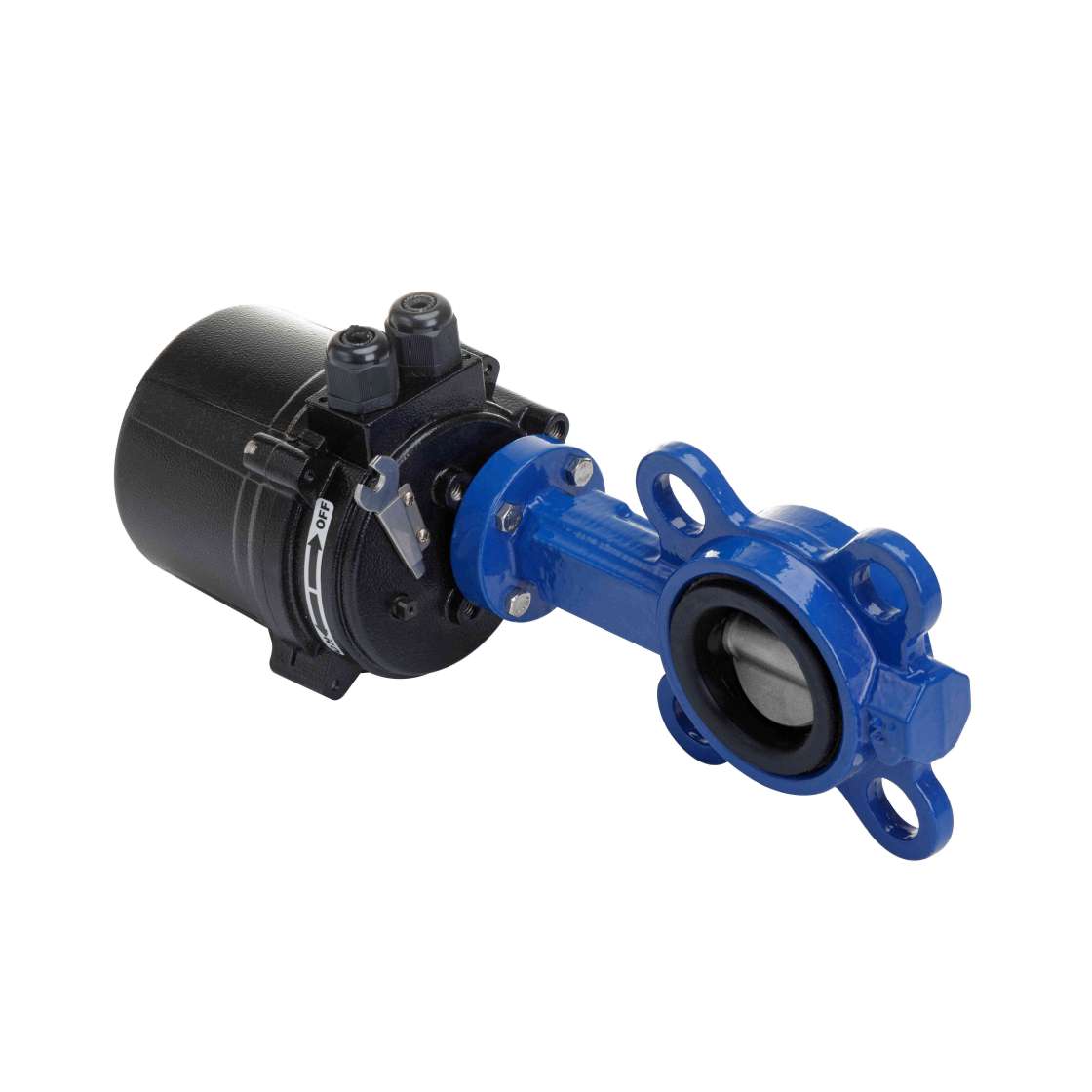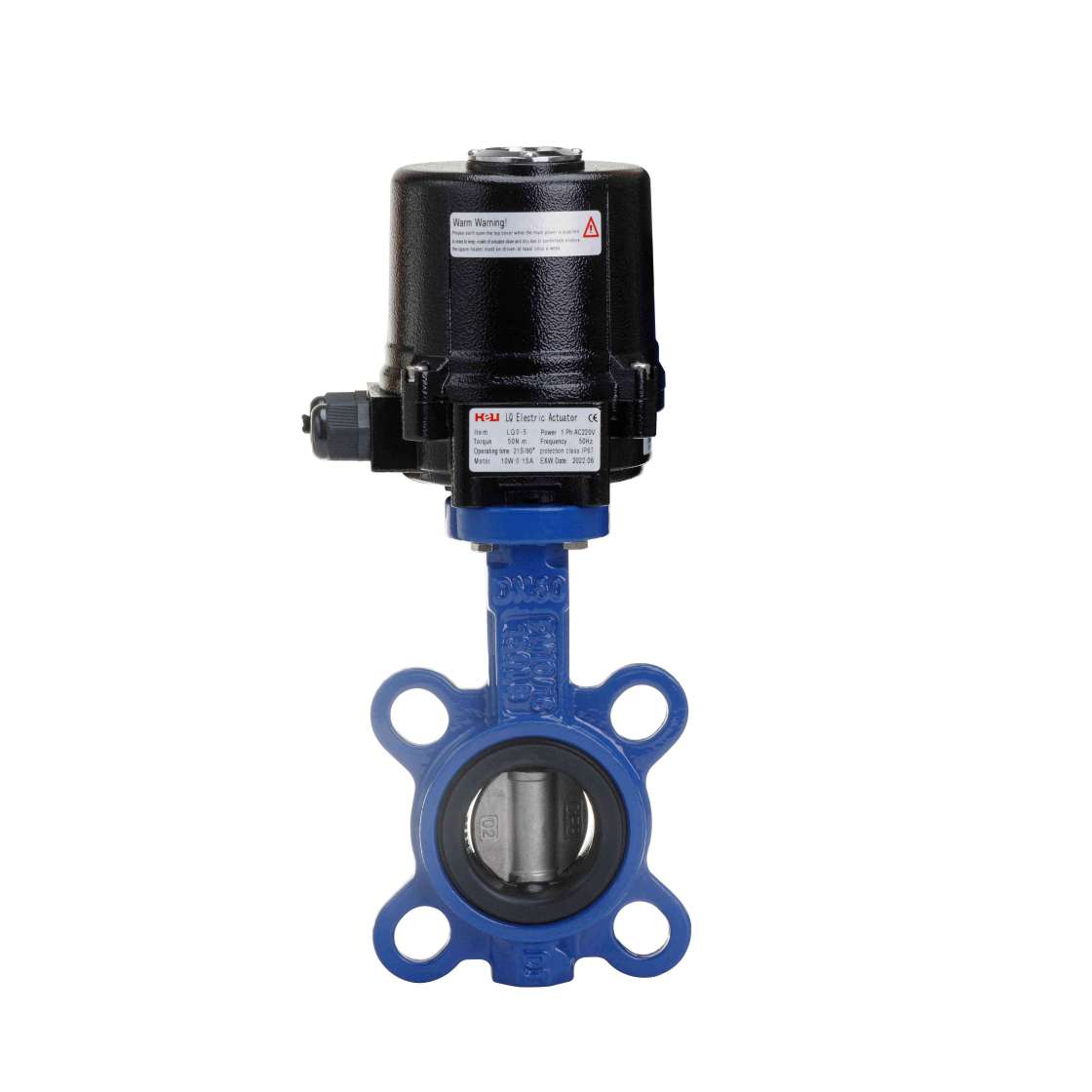

A butterfly valve is a quarter-turn valve used to regulate or isolate the flow of liquids or gases. It is called a "butterfly" valve because of its disk-like shape, which resembles a butterfly’s wings. The disk is mounted on a rotating shaft, and when the valve is opened or closed, the disk either allows or blocks the flow path. Butterfly valves are favored for their lightweight design, compactness, and cost-effectiveness compared to other valve types, such as ball or gate valves.
Why Sainless Steel?
Stainless steel is widely known for its excellent resistance to corrosion, makin it a preferred material for valves that need to operate in harsh or demanding environments. The key benefit of stainless steel in the context of butterfly valves is its ability to withstand exposure to corrosive substances like chemicals, saline, or acidic solutions. Stainless steel also offers enhanced strength and durability, which ensures the valve performs reliably over long periods, even in extreme temperatures.

gt In industrial processes, control of fluid flow is crucial for ensuring efficiency, safety, and optimal performance. Among the various types of valves used in these systems, the Stainless Steel Electric Butterfly Valve stands out as a reliable and efficient option. Combining the durability of stainless steel with the precision and automation capabilities of electric control, this valve plays a critical role in modern automation systems across a variety of industries, including water treatment, chemical processing, HVAC, and more.
The Basics of Butterfly Valves